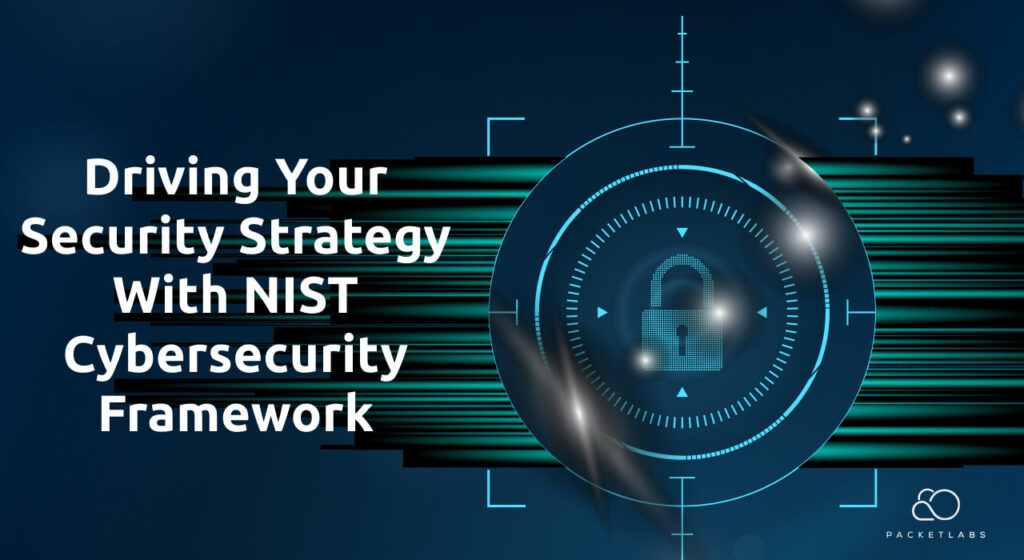
Creating a security strategy requires a solid structure, and a cybersecurity framework offers exactly that. It not only outlines the necessary steps for plan execution but also sets benchmarks for evaluating strategy effectiveness and critical security operations.
Packetlabs leverages the National Institute of Science and Technology’s (NIST) Cybersecurity Framework as the cornerstone for developing comprehensive security strategies. This framework is instrumental in managing and mitigating incidents, pinpointing vulnerabilities, securing sensitive data, and addressing known risks. It’s an effective tool for detecting malicious activities and confronting threats through consistent, repeatable processes. Let’s delve deeper into the NIST framework to comprehend its impact on your organization.
The NIST CSF champions a process-oriented approach to digital security, guiding organizations in assessing and enhancing their capabilities to thwart, recognize, and react to cyber threats.
An Overview of the NIST Cybersecurity Framework
1. Identify
Crafting an organizational understanding to manage cybersecurity risk to systems, assets, data, and capabilities.
2. Protect
Instituting appropriate safeguards to ensure the delivery of critical infrastructure services.
3. Detect
Implementing necessary activities to identify the occurrence of a cybersecurity event.
4. Respond
Developing actions to address a detected cybersecurity event.
5. Recover
Establishing plans for resilience and restoration of impaired services or capabilities due to a cybersecurity event.
For an in-depth explanation, please visit the official NIST website.
Key Elements of the NIST CSF
1. Categories
Functions contain categories that pinpoint specific operational challenges.
2. Subcategories
These divisions within categories aim at achieving specific outcomes.
3. Informative References
This includes the documentation, execution steps, standards, and guidelines.
4. Implementation Tiers
Four implementation tiers exist which, although not maturity levels per se, reflect the extent to which the CSF is applied.
5. Profiles
Four implementation tiers exist which, although not maturity levels per se, reflect the extent to which the CSF is applied.
Cybersecurity is not a one-size-fits-all issue. The NIST CSF enables organizations to transition from ad-hoc and reactive security efforts to a structured and proactive risk management strategy. It serves as a strategic tool to gauge risks, prioritize threats, secure funding, and track progress on vital security initiatives.
At Packetlabs, we’re committed to operationalizing the NIST Cybersecurity Framework for your organization. We’ll assist in evaluating your current cybersecurity stance and guide you towards an ideal state, tailored to your specific threat landscape and organizational needs.
